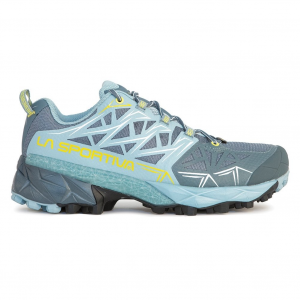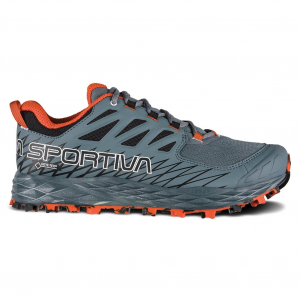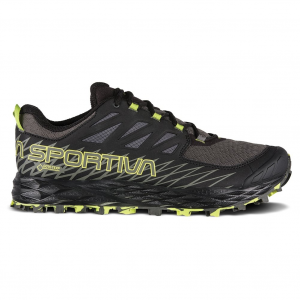
Running through winter weather, especially in the morning, can be a challenge. But there are some simple things you can do to stay warm and safe as you take on your next long-distance run.
How to stay warm during winter trail running
First, make sure to dress appropriately for the weather. It’s not enough to put on a light jacket – you need clothes that will keep you warm and dry.
The best way to avoid running in the cold is to dress in layers. You should always dress in a base layer and then add more layers as it gets colder. The key is not to overdo it and be too cold before you start running. A good general rule is to dress like it’s 15 to 20 degrees warmer than the actual temperature. Also, don’t forget gloves, hat, and waterproof clothes when needed
Check out more women and men apparel
And lastly, your feet – wear a pair of socks that provide insulation and won’t slip off once they get wet or sweaty and look for Gore-Tex shoes in wet conditions. You will find a selection for Gore-Tex shoes below.
Check out more Gore-Tex products
How to stay safe during winter trail running event
To stay safe, it’s key to always go prepared. This means that you need to dress accordingly as described above and you need to bring a headlamp, GPS device, warm liquids, cell-phone, backpack, and bags to keep stuff dry.
Headlamp for winter trail running
A headlamp is an essential item for winter trail running. It allows you to see the ground and your surroundings so you don’t trip on rocks or get injured.
It is important to invest in a headlamp with plenty of battery life, so it will last through the winter. Be sure to get one that is 200-600 lumens in order to provide enough light, but not too bright for the runner’s eyes.
Wearing a headlamp or at least having one is a good idea for winter trail running. Especially if you’re running in the evening and it starts to get dark. It’s not that hard to find a headlamp these days, but it might be good to know what features you want before buying one.
Headlamps are great for runners because they don’t need any hands to use them and they’re usually small enough to fit in your pocket. They also come with different settings so you can adjust the brightness and how far the light goes, depending on what you need at the moment.
GPS handheld and or GPS watch
Safest is to bring a GPS watch, a GPS handheld for details and back-up. And in case of emergency a cell-phone. For some really extreme runs you could also think about a satellite phone and other advanced tracking devices
backpack with water
Bring a light backpack so you can carry everything with you as described in this article.
Dehydration, warm liquids, and hypothermia
Two big dangers of running in winter time are dehydration and Hypothermia. Dehydration can lead to getting too cold, so stay on top of your hydration. Too avoid getting too cold, warm liquids can help as well.
Hypothermia is a medical emergency that occurs when the body loses heat faster than it can produce it.
It is caused by prolonged exposure to cold temperatures, wind, and dampness. The most common cause of hypothermia is prolonged exposure to cold temperatures. It can also be caused by immersion in cold water or breathing air with low humidity.
Symptoms include shivering, confusion, drowsiness, and eventually loss of consciousness as the body’s core temperature drops. If untreated, hypothermia can lead to death.
check out the event calendar
[tribe_this_week count=”5″]



